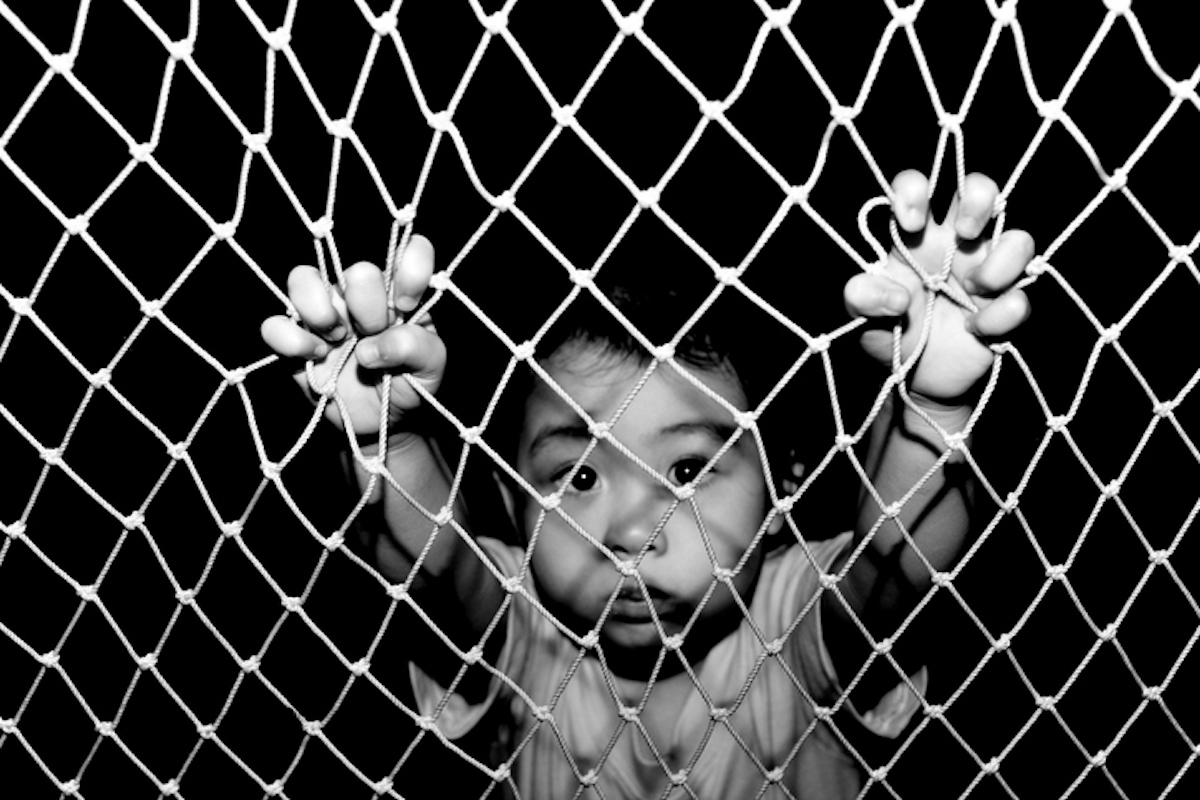India and China
The meeting between External Affairs Minister S. Jaishankar and Chinese Foreign Minister Wang Yi at the G-20 foreign ministers’

(Photo:iStock)
The most vulnerable ones of society are the victims of atrocities. Lives of the children living in remote villages, poor families, illiterate, marginalized or abandoned communities, and religious minorities are at the huge risk of child trafficking in India. Most of the victims are girls below the age of 18.
Innocent children are enslaved for profit, for inhuman treatment and other profit-making activities. They are brought from far off places and sold in the big cities.
Advertisement
It is one of the rising tragedies among many that India should be worrying about. According to the National Crime Records Bureau, one child disappears every eight minutes in India. India has a very high volume of child trafficking. Often, sadly enough, families of the disappeared children are also involved in this trade.
Advertisement
As per a report published by the U.S. Department of State, “India is a source, destination, and transit country for men, women, and children subjected to forced labor and sex trafficking…The majority of India’s trafficking problem is internal, and those from the most disadvantaged social strata- lowest caste Dalits, members of tribal communities, religious minorities and women and girls from excluded groups – are most vulnerable (www.state.gov).”
These children are often trapped in repetitive cycles of forced exploitations – inhuman conditions, labor work, domestic slavery, and commercial sex.
Grinding poor conditions of the families and lack of opportunities force them to send or sell their kids to traffickers. Who mostly trick them for some regular wages or better livelihood for them and their children. Then they further sell these children to big cities where they are treated as commodities.
Illiteracy and poor socio-economic conditions of these families, as well as lack of awareness, make them vulnerable and victim to traffickers.
According to the National Crime Record Bureau (NCRB), the trafficking of young girls (under the age of 18) has grown fourteen times over the last decade and has grown by 65% in the year 2014.
As the world is modernizing and more people have access to information and technology, the child trafficking trade is becoming more lucrative, having various initiatives by the central and state authorities, the trade is still thriving across the country.
Many actions have been taken at many levels. The central government has passed various policies, acts, and amendments. State governments have also taken many preventive measures. There are many NGOs and private organizations too that are helping to fill in the gaps. However, there are still many loopholes that assist traffickers to illegally trade the lives of these innocent children.
Advertisement